Things You (Probably) Didn’t Know About Serbia
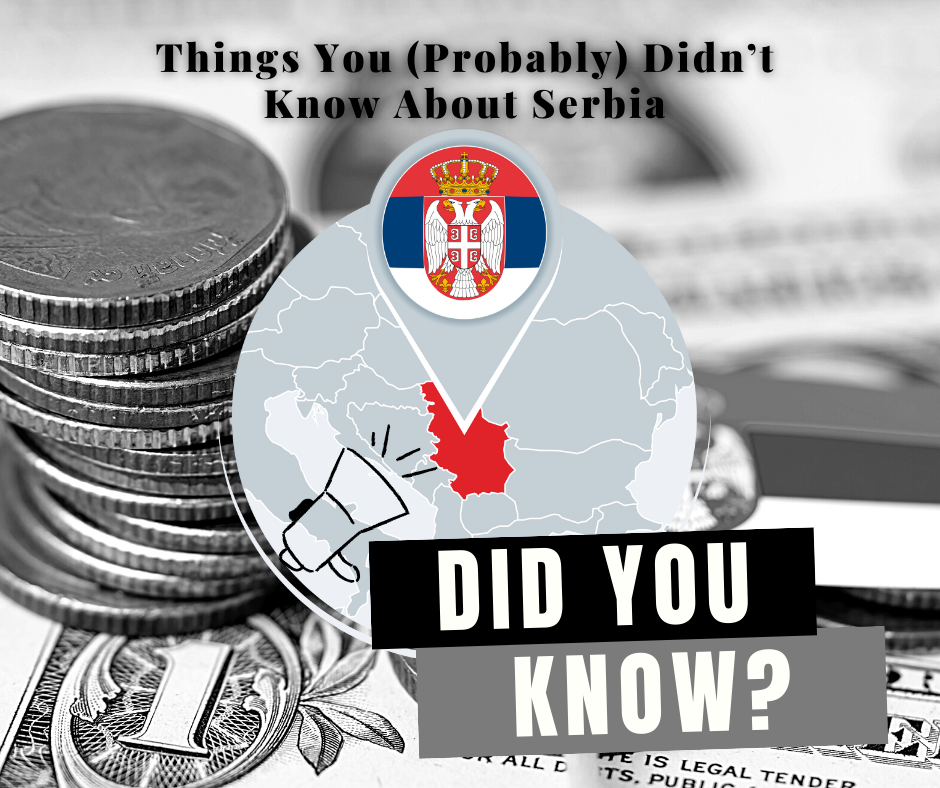
Serbia is a beautiful land. It spreads across 88,500 square kilometers and takes up a tiny bit of space in Southeastern Europe, but its trace in history, culture, and people is immeasurable.
You may think it’s a small, dull land with barely eight million people in it, surprisingly good at sports and bad at politics, but there are details about this country that will surely make you google for more.
Here are some facts about Serbia that you probably missed.
The bedrock of emperors
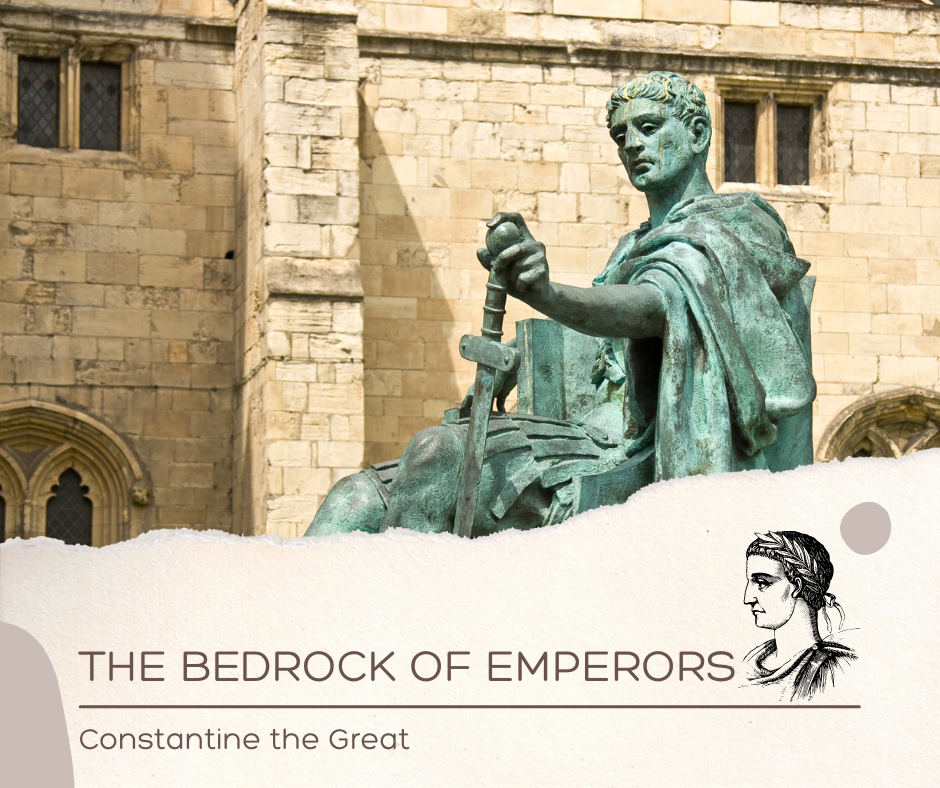
Let’s travel back, way back, to the time of the ancient Roman empire.
The Balkan Peninsula has forever been an important strategic land. The mighty Roman Empire left numerous archaeological sites and treasures behind. Before the Slavs arrived, a total of eighteen Roman emperors were born in present-day Serbian territory.
The most notable one is Constantine the Great, born in the present-day city of Niš in southeast Serbia. He was the first imperial pagan to convert to Christianity, a religion that was until then forbidden and brutally persecuted. He also built the majestic city of Constantinople (Istanbul), once a jewel of the Byzantine Empire, and made a bunch of important political changes that restored the old glory of Rome.
In 2013, Niš celebrated 1700 years since the emperor’s biggest win, the Edict of Milan, which established religious tolerance for Christians within the Roman Empire.
The White Angel
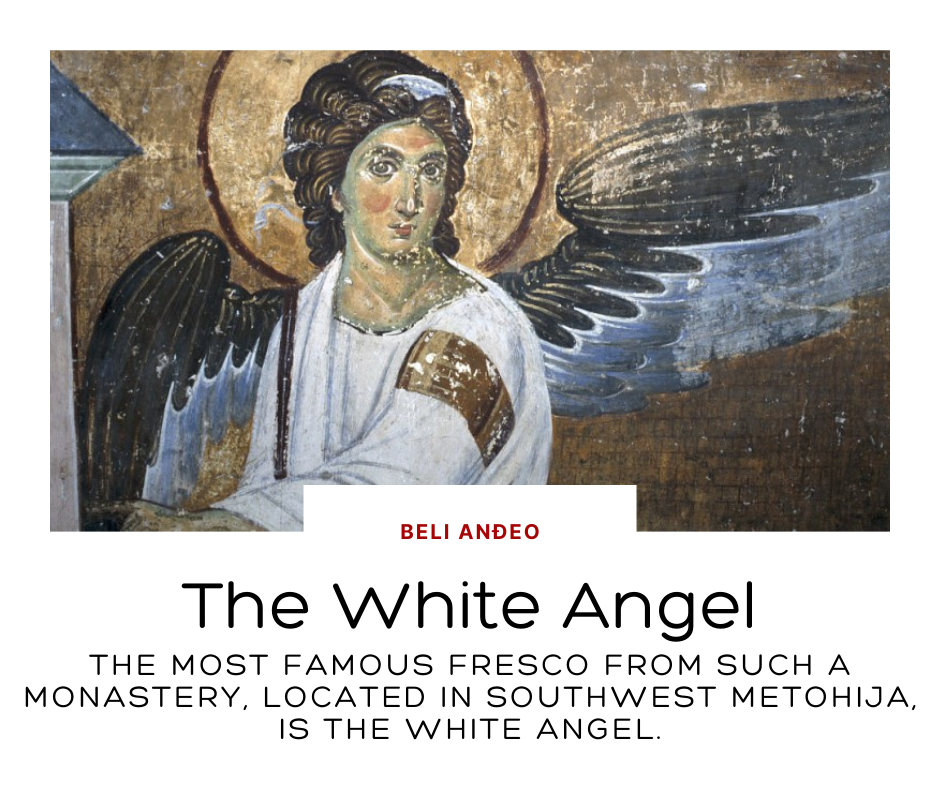
Speaking of Christianity, monasteries are something that is closely associated with Serbian Orthodoxy, the stony strongholds of our faith and endurance. They were not only the centers of spirituality, but also culture and education, and throughout the dark middle ages, when the Ottomans violently occupied the land, they offered refuge to the persecuted.
It’s no wonder there are more than 200 monasteries within the borders of Serbia. Fifty-four of them have been designated cultural monuments, several of which are placed under UNESCO protection. The earliest structures date back to the early 13th century, while the famous Studenica, built by the founder of the revered Nemanjić dynasty, Stefan Nemanja, was erected in 1196.
The majority of monasteries are concentrated in the heart of the country – Kosovo and Metohija. The name of the southern region derives from the Greek word metochia, which means monastic estates.
The most famous fresco from such a monastery, located in southwest Metohija, is the White Angel. It is considered one of the most beautiful works of Serbian and European art from the Middle Ages. In 1962, the first satellite transmission of a video signal between Europe and North America broadcast the image of the fresco.
That same signal was later sent into space, aiming at possible alien life forms.
Locked
Did you know that Serbia is part of a secret alliance that has members from only 44 countries in the world?
Okay, it’s not exactly secret, and it’s not an alliance per se. Serbia belongs to those 44 unfortunate countries that have no access to the sea. It is completely landlocked.
During the time of Serbia’s greatest monarch, Dušan the Mighty, a large portion of southeast Europe was under Serbia’s rule. Under its most powerful ruler, Serbia stretched from the Danube River in the north to the Gulf of Corinth in the south. Its capital city was Skopje, the present-day capital of Northern Macedonia. Back then, there were plenty of seas to choose from, but now we need a passport to visit the closest one.
But don’t feel sorry for us. In the absence of sandy beaches and marine tourism, Serbia offers mountains, natural lakes and rivers, and plenty of other sites to blow you away.
First kafana in Europe
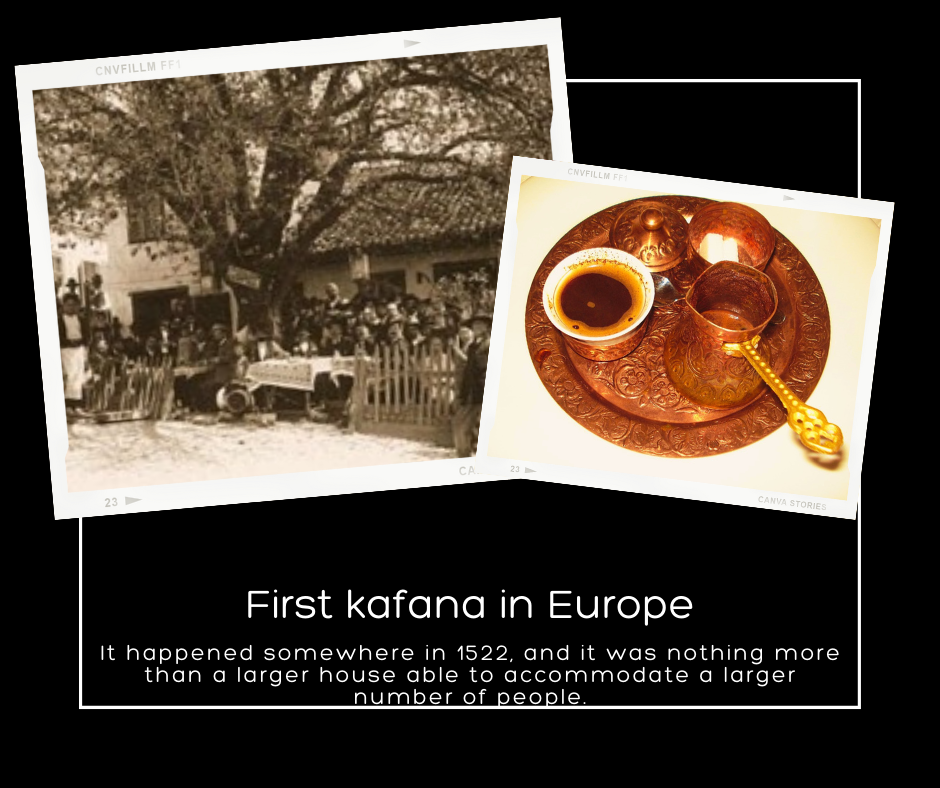
You already know that kafana is the Serbian people’s favorite gathering place, a place for eating, drinking, and bonding in equal measure. But did you know that the very first kafana, a tavern of the sort, was opened in Belgrade?
It happened somewhere in 1522, and it was nothing more than a larger house able to accommodate a larger number of people. The only beverage one could order was black coffee. Even the name of the Serbian tavern was derived from it—kafa is Serbian for coffee; hence, kafana is a place to have coffee in.
In this Adam and Eve of Serbian kafanas, you could not order anything to eat but had access to hookah and Ottoman-style tobacco. There were no tables. The guests would sit on the floor, which was covered in the most colorful Turkish rugs.
Even then, kafanas were a place for important social and political gatherings. A place to drink coffee, do business, write poems, and plan coups.
Humanity in wartime
There is a myth that’s been circulating in social media in the past decade about a record of gratitude that the Red Cross installed in their Geneva hallways as a token of appreciation for the Serbian people. It supposedly reads the following: “Be as humane as Serbia was in 1885.”
Whereas there is truth to this Serbian generosity during the war, there is no evidence of that record ever existing. The story is somewhat inspiring, though, and straight out of Hollywood movies.
Namely, in the mentioned year, the war with the Bulgarians raged in the east. The Red Cross aid caravan was sent to Bulgaria to reach the war-stricken villages, hungry civilians, and injured soldiers. The only way to get there was across Serbian territory—presumably because any other route would take too long.
It was then said that the headstrong Serbian army officials paused all military actions for one whole day, so that the aid caravan could reach Bulgaria unobstructed. The front line was cleared, and the medical transport passed through.
Serbia was later praised by the Red Cross for its humble act of amity.
Donkey cheese
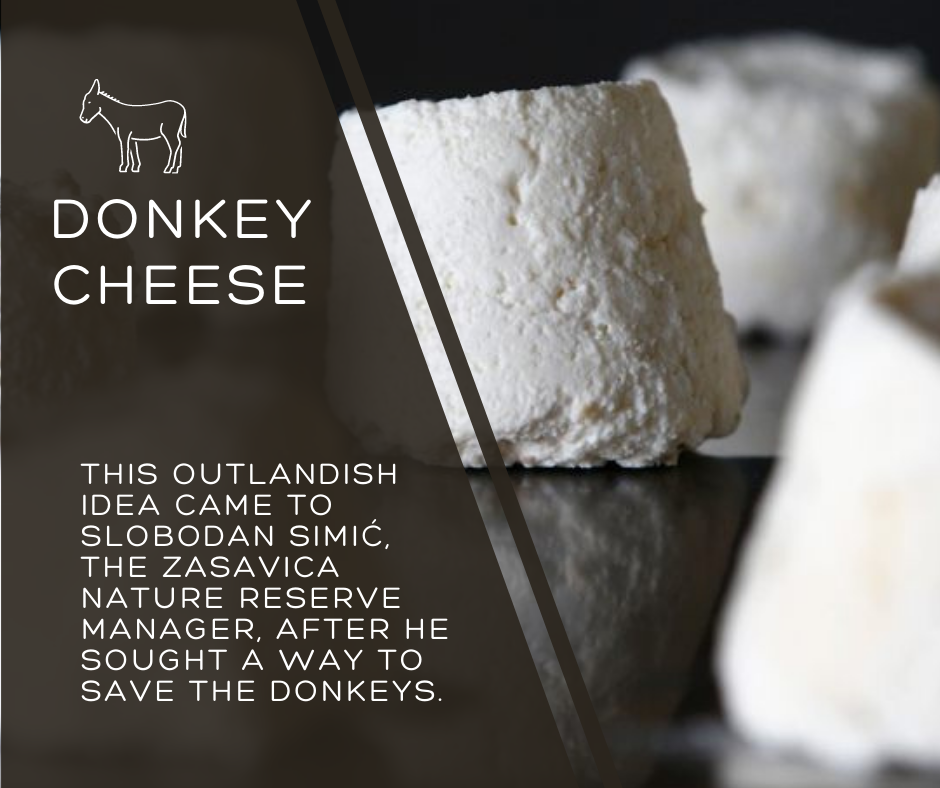
In a time when you can make milk literally out of any nut, grain, seed, or plant, here comes a revolutionary, albeit vegan-unfriendly product—donkey milk.
The most expensive cheese is made right here in Serbia, in the Zasavica Nature Reserve just outside the town of Sremska Mitrovica. It is called pule cheese, and one kilogram (2.2 lbs) costs around $600.
This outlandish idea came to Slobodan Simić, the Zasavica Nature Reserve Manager after he sought a way to save the donkeys. This area is one of just three in all of former Yugoslavia that protects this endangered breed, the Balkan donkey. As their number was declining, Mr. Simić decided to build a farm for dairy donkeys.
Why is it so expensive? Because making it requires more time and effort than most other cheeses. It is made with 60% pure donkey milk and 40% goat milk, and to be honest, milking donkeys is not as simple as ABC. Each one is milked carefully by hand three times a day.
Mr. Simić says running a donkey dairy farm is an expensive and demanding job, but he’s taking good care of endangered animals and producing cheese that no one in the world has been able to replicate, so it might all be worth it.
The alien pyramid
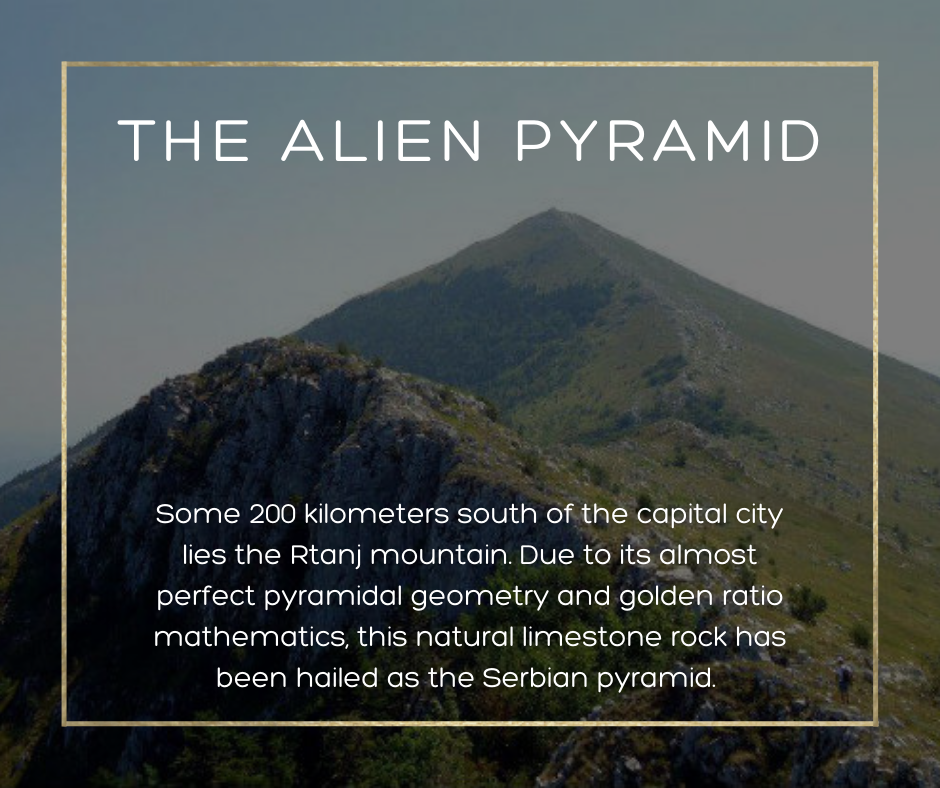
Step aside, Giza – there’s a new sheriff in town.
Some 200 kilometers south of the capital city lies the Rtanj mountain (I dare you to pronounce that correctly). Due to its almost perfect pyramidal geometry and golden ratio mathematics, this natural limestone rock has been hailed as the Serbian pyramid.
Some enthusiasts claim it is the oldest pyramid ever known to man, so old that nature tried to overtake it over the course of tens of thousands of years. That’s why the area is covered in lush forests and wild, endemic medicinal plants.
Others point to its unusually enhanced electromagnetic properties, healthy ionizing radiation, and frequent luminous phenomena in the sky. Bold statements about extraterrestrial forces are often thrown in there.
Whatever secrets Rtanj holds, it is safe to say that this mountain attracts thousands of tourists each year. If you ever find your way to Serbia, make sure to visit this place. The mountain’s climate has beneficial properties, and many of the most popular spas are located in the vicinity.
And if you happen upon an alien, ask them about the White Angel fresco.
Truly yours,
Vanja
